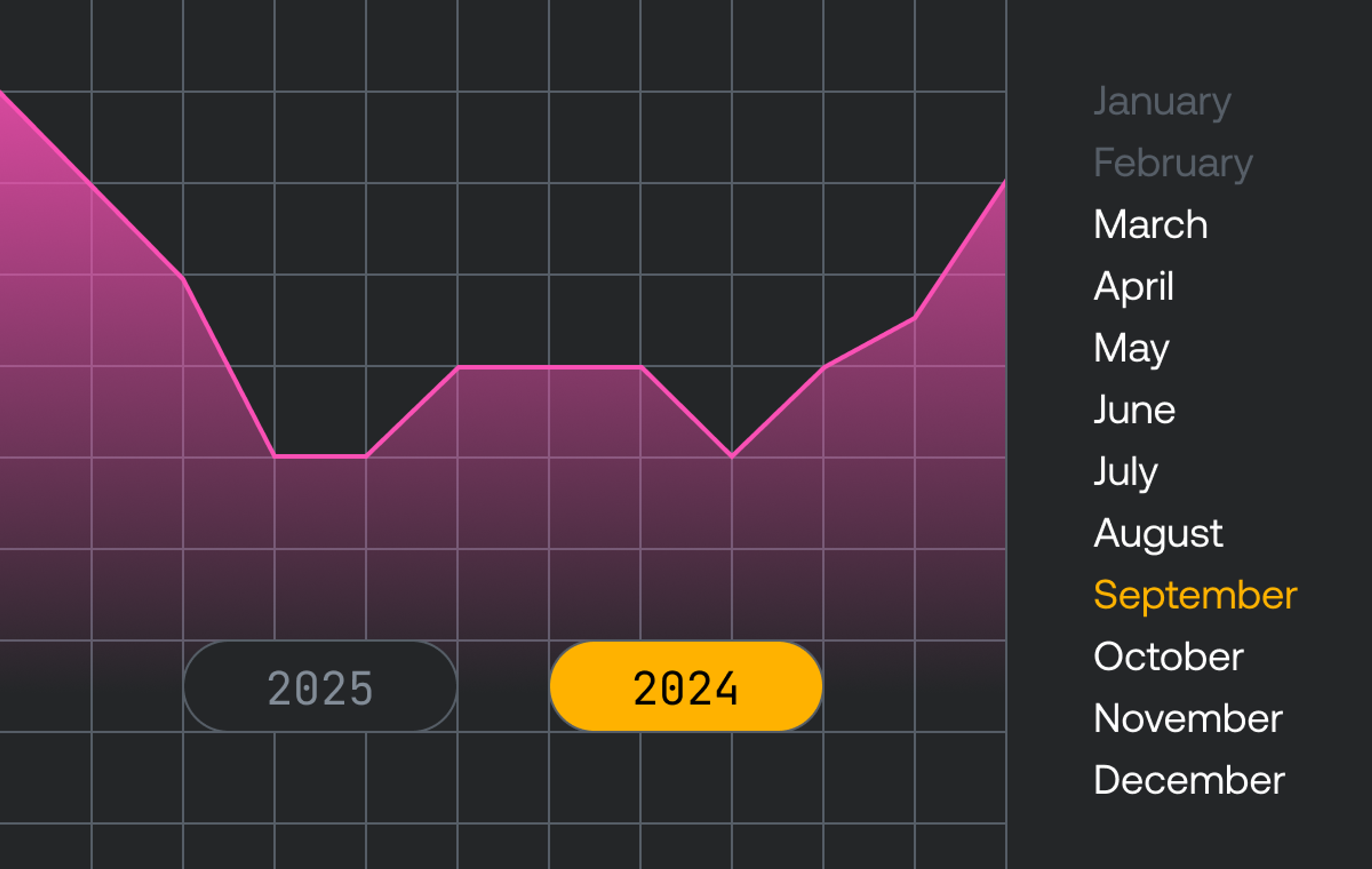Content is king, but it's a costly king. Licensing deals, production costs, and technology investments require deep pockets. The market is brimming with competitors, and many platforms are turning to advertising as a sustainable revenue model that complements or even replaces subscription fees.
The streaming ecosystem is experiencing a surge in ad-supported business models, and streaming giants like Netflix, Disney+, and Max have introduced ad-tier subscriptions. This shift signals a broader industry acknowledgment that not every viewer is willing to pay premium subscription prices and that advertising can help increase the average revenue per user. This is especially true in an economy where streaming services are now focusing on profitability more than viewership growth. Companies that have existing advertising business models have continued to focus on ensuring viewers have high-quality experiences in order to grow their audiences and the time they spend watching content.
Streaming services are walking a tightrope: they must balance ad revenue with user experience. Too many ads or ads that impact the playback experience can alienate viewers, but too few can limit revenue and service growth. The industry's challenge is to find the sweet spot, where ads are present but not pervasive and result in a consistent, quality viewing experience.
As more companies start to incorporate and rely on advertising, ad-related insights that are integrated into an overall view of video performance and quality of experience have become critical. These insights help companies make the best business decisions possible and ensure that the viewing experience is not impacted by the use of advertising services.
At Mux, we are committed to helping video streaming platforms gain useful insights into the most impactful parts of their viewer experience, including ads. As such, we’re happy to announce the beta release of new advertising metrics that can help you track how many and where ads are shown to your viewers and more clearly understand how widespread are ad errors.
Understanding ad delivery
When you run ads on your streaming video service, the two most important things to track are how many ads viewers see and how often failures occur.
The first thing you should do when you're trying to drive larger amounts of revenue is establish a baseline of the amount and quality of your ad delivery. It will help you understand how many ads are being shown, which player platforms show the most ads, and whether there are locations where viewers are seeing fewer ads. It’s very difficult to improve the quality of your ad delivery if you don’t understand your current performance.
We are adding the following metrics to help you understand the quantity of your ad delivery:
- Ad Attempts counts the number of times an ad attempted to start playing.
- Ad Impressions counts the number of times an ad successfully started playing.
- Ad Breaks counts the number of times the experience broke away from content to show ads to viewers.
Understanding ad errors
After you know how often viewers see your ads, the next thing you need to know is how often ad errors occur during ad retrieval and playback. This information will help you assess how often users actually see the ads you are attempting to show. You can use this information to identify which player platforms experience an unusually high number of errors, which may be due to a player or service issues. You can also measure multiple ad services and determine which ones are more reliable.
The following metrics can help you determine the reliability of your ad delivery:
- Ad Errors counts the number of times ad errors occur when trying to play.
- Ad Error Percentage is the percentage of ad attempts that fail during playback due to an ad error. Ad Errors can happen at any point during ad playback, often causing the ad to end prematurely.
- Ad Breaks with Errors counts the number of times ad errors occur during an ad break.
- Ad Breaks with Error Percentage is the percentage of ad errors that occur during ad breaks.
- Ad Startup Error Percentage is the percentage of ad attempts where a failure occurred before the ad started and an ad impression was recorded.
- Ad Exits Before Start Percentage is the percentage of ad attempts where the user stopped playback or left the stream before the ad started playing.
These new metrics augment our existing pre-roll ad metrics to help you understand how many requests are made throughout playback and how long it takes for the requests to be completed.
For more information about all these metrics, please visit the Mux Data metrics documentation and let us know if you have any questions.
What’s next?
Ad counts and failure metrics are the baseline metrics to track, but there are many more that can be meaningful to your business. We are hard at work building more functionality to give you greater insight into your ad delivery and any quality of experience issues due to ad playback issues.
We will be rolling out support for collecting ad events from more player SDKs and ad services over time. We are going to beta with Google Interactive Media Ads SDKs in select player SDKs for both ExoPlayer and AVPlayer. Data SDKs can collect metadata and events from the built-in ad playback events available in the Roku, Chromecast, Bitmovin (web), Flowplayer, Kaltura (web), JW Player (web), THEOplayer (web), and Video.js players. In addition to the player APIs, we will be working to add support for Server Side Ad Insertion SDKs.
As always, let us know what other metrics or features would be valuable to you, and please share any feedback or questions you may have.



